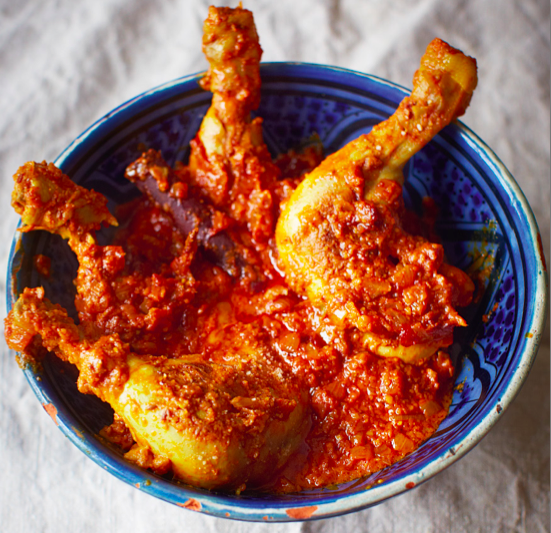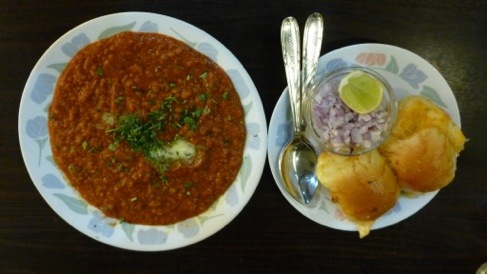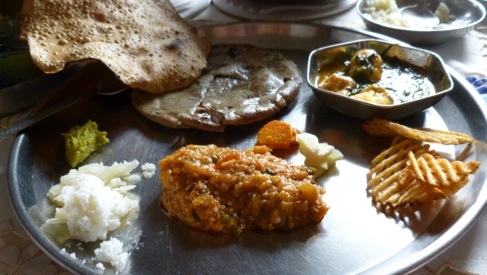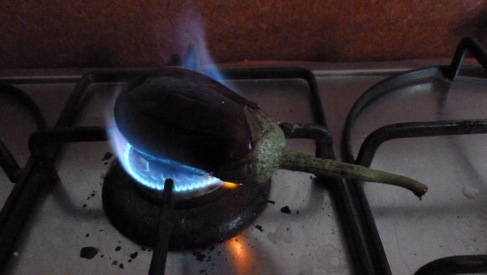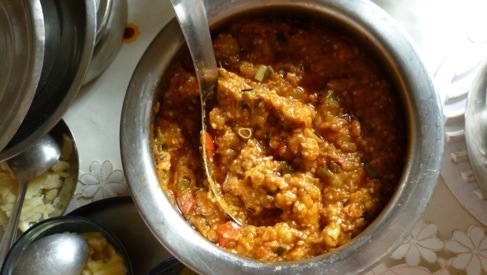Good grief this has been a champion week: I learned that supermarket giants Tesco and Sainsbury’s are both going to be stocking copies of my book ‘Made in India’. This is enormous news considering they rarely buy books not written by celebrity chefs.
‘Made in India’ is also going Dutch. Fontaine, a wonderful publishing house is translating the book and it will be available in all good bookshops in The Netherlands later this year. Fantastiche*
If that wasn’t enough, I had my first recipe published in a national newspaper and the Guardian at that. My beetroot pachadi, a lovely South Indian curry leaf, beetroot and coconut stir-fry features in Guardian Cook’s 10 Best Beetroot recipes. I am one een gelukkige eend (lucky ducky). Here’s what people on twitter have said about the beetroot pachadi recipe:
- The beetroot pachadi recipe by @meerasodha is THE BEST of the @guardian 10 Best Beetroot Recipes @monisha_rajesh
- Made this beetroot pachadi by @meerasodha featured in the Guardian Cook yesterday. Can’t stop serving @roseandcardamom
- I made it tonight – lovely. Used coconut cream as couldn’t get into the fresh nut. Will do it again! @edstromhelga
Beetroot Pachadi
This South Indian beetroot and coconut dish is often served as a side to go with grilled meats or other curries, but we think it is just as good as a main in its own right. Serve with plenty of warm chapatis, steamed rice and yoghurt.
Made in India by Meera Sodha (Fig Tree) will be published on 3 July,meerasodha.com
Serves 4
- 800g raw beetroot
- 2 tbsp rapeseed oil
- 2 tsp mustard seeds
- 10 curry leaves
- 2 garlic cloves, crushed
- 4cm ginger, peeled and grated
- 2 green finger chillies, very finely chopped
- ¾ tsp salt
- ½ tsp ground cumin
- ¾ tsp ground turmeric
- 200g grated coconut, fresh or frozen
- 4 tbsp whole milk or Greek yoghurt
1 Top and tail the beetroot, then boil in water until they are tender (or you can stick a knife through them with ease). This should take around 35 minutes. Leave the beetroot to cool down, then slip the skins off with your fingers and cut the beetroot into ½ cm wedges.
2 In a large lidded frying pan, heat the oil and when hot, add the mustard seeds. When the mustard seeds are starting to pop, add the curry leaves, garlic, ginger and green chilli, salt, cumin and turmeric.
3 Stir-fry for 4-5 minutes then add the beetroot and grated coconut. Stir to mix, then pop the lid on. Leave to cook for 10 minutes stirring a couple of times then stir in the yoghurt. Serve hot with rice.
* Dutch for fantastic.









